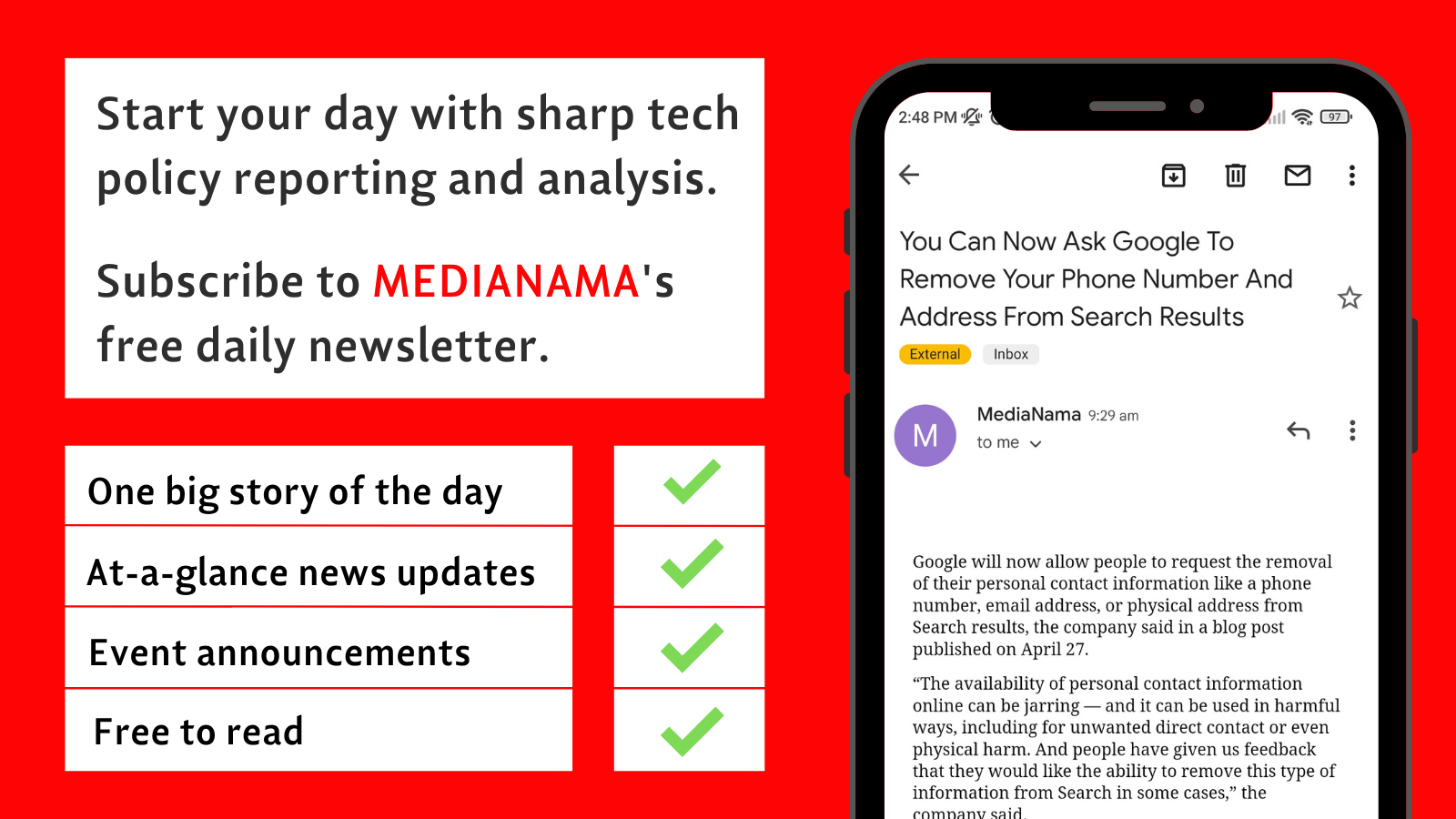The IT Ministry’s Bhashini team is building a ChatGPT-powered WhatsApp chatbot to generate answers to questions, reports the Indian Express. Officials working on the project are “non-committal” about when it’ll be publicly released.
Tell me about this chatbot?: The chatbot relies on answers generated by the latest AI fad on the block—ChatGPT. Questions can be asked through voice notes. The chatbot will reply with a voice response too. It supports 12 languages currently, including Hindi, Tamil, Marathi, Kannada, Bengali, Assamese, Odia, and English.
Who does this help? Why does it matter?: This WhatsApp ‘search engine’ (for lack of a better term) hopes to serve rural and agrarian populations, who depend on government schemes “the most”, reports the Express. Translation: beneficiaries can ask the chatbot questions about various schemes that are relevant to them. While this could be a very useful tool for Indians, ChatGPT’s ability to provide factual answers is also something to think about. Misinformation on government schemes being potentially delivered to unsuspecting beneficiaries is a pain point that needs addressing.
ChatGPT makes up plausible-looking responses that are often wrong, because that is how it works. It is an inference engine with no ability to fact check.
This development must be read with the earlier announcement making the PIB Fact Check the sole arbiter of truth online. https://t.co/kUbffavR9Q
— Kiran Jonnalagadda (@jackerhack) February 13, 2023
STAY ON TOP OF TECH POLICY: Our daily newsletter with top stories from MediaNama and around the world, delivered to your inbox before 9 AM. Click here to sign up today!
How will that language model work?: First, you need large datasets in regional languages which ChatGPT can be trained in and then used. The government’s Bhasha Daan initiative comes in here—this project is crowdsourcing “voice datasets” in different Indian languages. People can contribute by recording voice samples in Indian languages by reading a piece of text. They can also type out a sentence being played to them, or translate text from one language to another. “We also have a vast database of all the languages that Doordarshan telecasts in. So we have used the language model on the chatbot using these datasets,” an official told the Express.
Why not build a portal or website? Why WhatsApp?: The government’s use of the messaging platform is deliberate here, said the officials speaking to the Express. It helps bridge the digital divide. In India, “even those with relatively low digital literacy know their way around the app,” they noted.
What next?: Currently, ChatGPT generates answers from a dataset with information until 2021. In short: it doesn’t generate answers based on real-time information. The chatbot is limited by this for now reports the Express—it “can only respond to simple queries about government schemes, among other things”. But, if ChatGPT evolves beyond this limitation, then the chatbot’s potential could be bigger. People could also enquire about if they’re eligible for a scheme, for example.
Why does this use case sound familiar?: Microsoft CEO Satya Nadells spoke about a model of the chatbot at the World Economic Forum this year, after being shown a demo. According to the officials speaking to the Express, he was “impressed”.
“He [a farmer] expressed a complex need in one of the local languages. This got translated and interpreted by a bot and a response came back saying go to a portal and here is how you will access the programme…And, it [ChatGPT] completed it [the query] and the reason why it was able to complete it was that the developer building it had taken GPT [General Purpose Technology] and trained it over all of the government of India documents and then scaffolded it with the speech recognition software,” said Nadella.
This post is released under a CC-BY-SA 4.0 license. Please feel free to republish on your site, with attribution and a link. Adaptation and rewriting, though allowed, should be true to the original.
Read More































